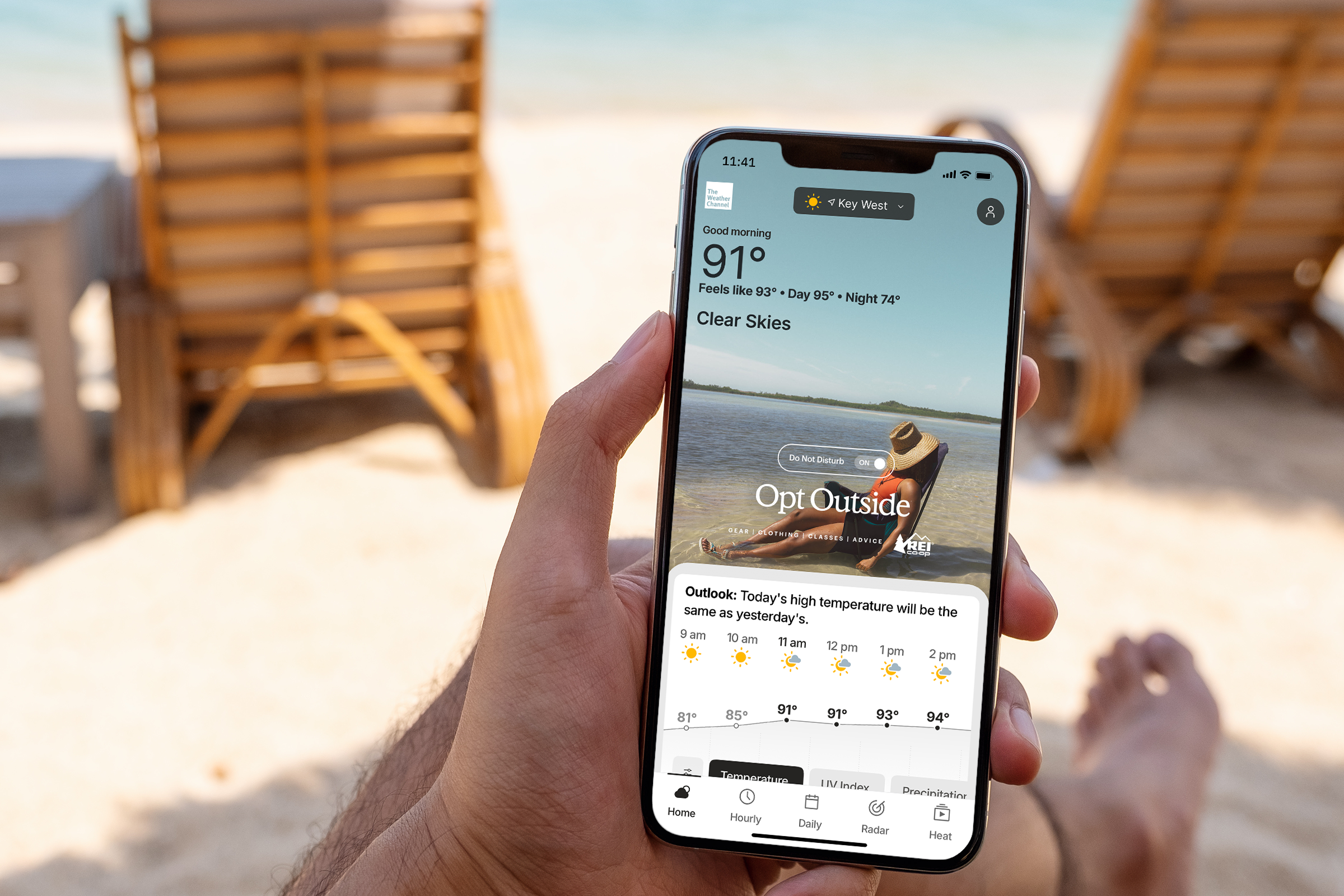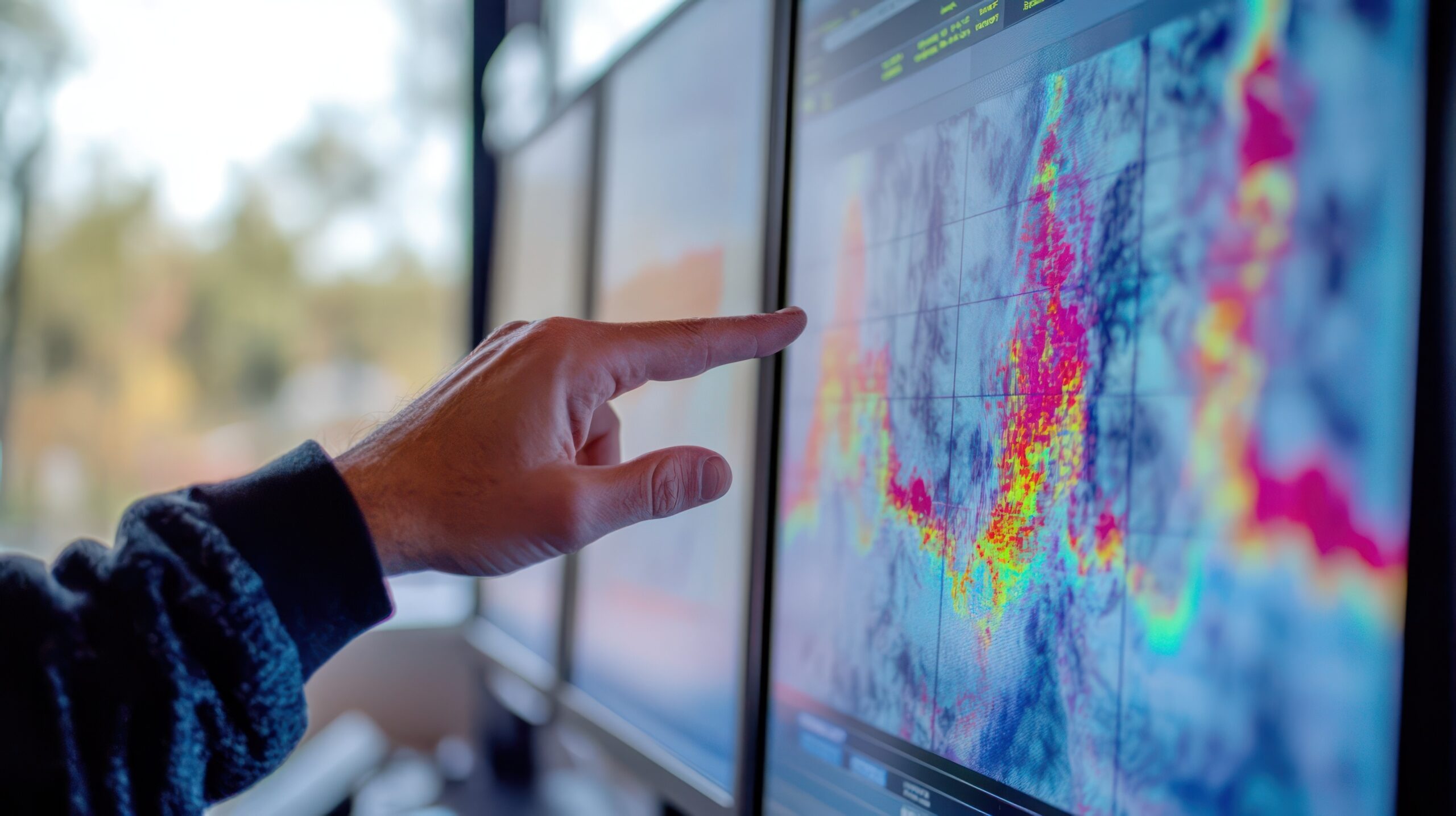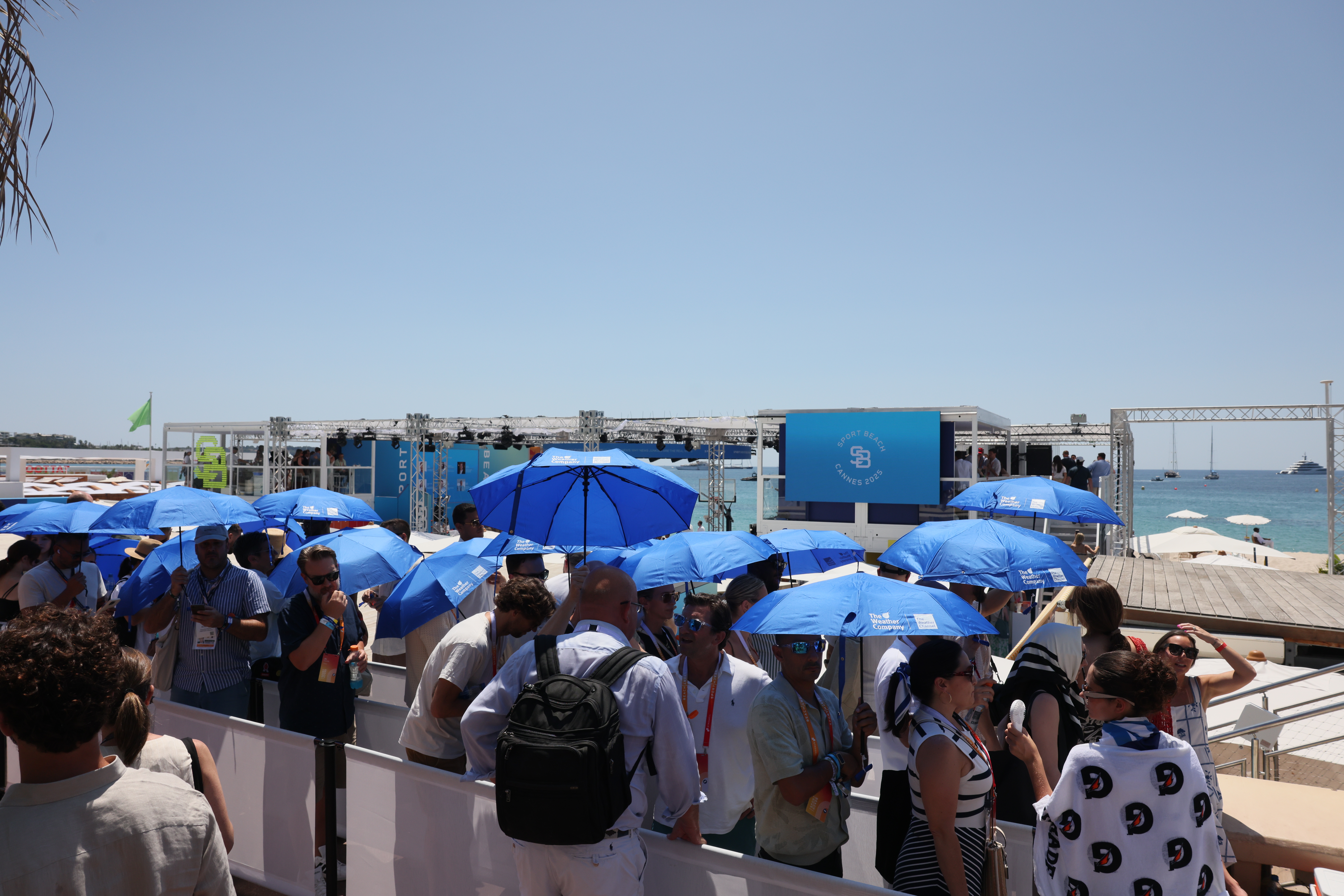Weather intelligence for the future: Crafting a strategic enterprise approach to changing environmental conditions
Continue readingWhat is programmatic advertising?
Programmatic advertising is the automated bidding and placement of ads on a given platform. Traditional ad placement involves a long, tedious process of negotiations, bidding, contracts, and proposal requests. Programmatic, on the other hand, streamlines the process into mere seconds. How? Using machine learning and AI to handle the sale and placement of digital ads.
More specifically, programmatic advertising uses historical traffic data and online targeting methods to put these ads in front of people who are the most likely to want to see them, which helps to improve conversions and ROI for your business.
Benefits of programmatic advertising
There are many benefits to using programmatic advertising in your ad campaigns, including:
Relevancy
Programmatic advertising helps ensure that ads placed in front of your target audience are relevant to their interests and preferences through superior targeting capabilities. Fifty-eight percent of advertisers note that the main drivers for their investment in programmatic are the ability to use data better and the benefit of targeting efficiencies. Gaining access to premium inventory at scale ranked third place in driving programmatic investments for advertisers, which saw substantial growth from 20% in 2020 to 50% in 2021.1
Real-time data and analytics
Advertisers can optimize their campaigns by gaining access to real-time data and reporting how their ads are performing at that moment.
Reach
Programmatic advertising allows users to choose from an abundance of platforms and websites for the placement of ads. Additionally, you have the option to advertise at scale, enabling users to use their resources more efficiently.
Conversions and ROI
While a lot of advertising methods focus on clicks, programmatic advertising focuses on conversions. Clicks are undoubtedly valuable in expanding reach, but they don’t matter much if they don’t turn into leads or conversions. With programmatic advertising, conversions can increase due to better ad placement.
Additionally, with advertisers reporting the need for greater control of inventory at a lower cost, it’s not surprising that supply chain transparency ranks as their primary concern, seeing a significant increase over last year (60% in 2020).
How programmatic advertising works
Programmatic advertising distinguishes itself by automating the bidding and placement of ads. There are several components to this method of advertising, including the publication and advertiser’s side. Below are some key terms to know before getting started with programmatic:
What is the ad exchange?
An ad exchange is an online marketplace where advertisers and publishers can bid on advertising space and buy and sell digital inventory. It enables advertisers to make the media buying process more efficient and cost-effective since they don’t need to negotiate with publishers individually to place their media.
Today’s digital market happens in real-time with bids happening on the back-end while users load the page. This can expedite and simplify what used to be a long and tedious process of negotiating. However, this model has several disadvantages, including a higher potential for ad fraud and challenges in tracking the websites where ads are displayed.
What is an ad network?
An ad network offers ad placements from a specific number of websites. It is a technology platform that connects publications to advertisers who want to purchase digital inventory. The ad exchange often features different ad networks in the auction.
What is a DSP?
Demand Side Platform (DSP) is an automated buying platform where advertisers go to purchase digital ad inventory. It allows buyers to manage multiple accounts on one platform.
What is the difference between SSP and DSP?
DSP is the advertiser side of the ad exchange. SSP is the publisher side of the exchange.
Types of programmatic advertising
There are a few different types of programmatic advertising for advertisers.
Programmatic guarantee
With the programmatic guarantee, the advertiser is guaranteed ad impressions on certain websites as well as assured ad space on specific publishing sites.
Real-time bidding (RTB)
Real-time bidding automates auctions for online ad space, enabling advertisers greater control over costs and the channels and platforms where they want to publish.
Private Exchange Buying (PMP)
Privacy Exchange Buying (PMP) is a private auction for ad bidding versus a public marketplace. PMP allows publishers to choose which ads appear on their page and maintain exclusivity.
How to use programmatic advertising
Traditionally, ad placements consisted of the following steps:
- Advertisers offer bids for impressions
- Highest bidder wins the placement
- The ad is placed on the chosen website
- The user clicks the ad and it converts
On the other hand, programmatic advertising takes these steps and condenses them to work instantly. Analytics and analyses calculate competing bids to determine your ad’s most cost-effective bid and placement.
Examples of programmatic advertising
Industries using programmatic
A number of companies across industries are realizing the benefits of using programmatic advertising to optimize their campaigns. They include the following.
Pharmaceutical & healthcare
The pharmaceutical and healthcare industry can benefit from programmatic by using it to target their customers better while helping to maintain privacy compliance laws like HIPAA.2
Retail
As the retail sector increasingly focuses on providing customers with a personalized experience, they quickly find value in using data and AI to create optimized campaigns that may deeply resonate with their target audience.
Automotive
The automotive industry is quickly finding value in leveraging data to optimize their campaigns and garner quick results. Programmatic advertising helps speed up the ad-buying process from end to end and gets your campaign in front of people ready to convert. Additionally, since the automotive sales cycle tends to be longer than other industries, programmatic marketing can help keep your brand at the forefront of your mind. Automotive ads that leverage programmatic campaigns can be an effective way to keep audiences engaged in between car purchases.
Challenges with programmatic
Ad fraud
Programmatic advertising can potentially drive clicks and impressions from a bot rather than a human. This means a portion of your budget is going toward clicks and impressions that may lead to no results.
Brand perception
If you do not partner with the right solution, your programmatic ads can end up on less desirable or relevant sites. Your consumers don’t know these ads were placed automatically, and poor ad placement can affect your brand perception.
Budget
If bots rather than humans drive your clicks and impressions, there is the potential to waste advertising dollars on behavior that drives no real results. However, Google is increasingly working on ways to detect this fraudulent behavior before it happens.
The Disappearance of Cookies
Cookies have been traditionally used to track users across various browsers and websites. However, brands can still effectively reach their target demographic with AI and machine learning. Cookieless targeting relies on contextual data, such as accurate weather information, page information, and data science, to target the right audience with the right message.
Getting started with programmatic advertising
Getting started with programmatic advertising is a relatively easy process that includes the following steps:
- Identify what your goals are
- Determine who your target audience is
- Select your DSP
- Set up your ad campaign
- Optimize your ad campaign using AI and analytics
Programmatic ad types offered through The Weather Channel
The Weather Channel has the following options available for programmatic placement
- Integrated marquee
- Integrated daily weather snapshot
- Integrated forecasts
- In-banner video
- Vertical video
- Video galleries
- Swipe/gesture
- Billboards
- Expandable rich media
- Dynamic weather
- Locators
With these options, advertisers have the ability to use dynamic creative better to deliver relevant experiences to customers on any platform, whether it’s The Weather Channel digital properties, OTT, or another aspect of your advertising ecosystem.
Programmatic: The future of advertising
Programmatic can offer many benefits to advertisers, but it is only one component of a robust and effective AI advertising strategy. As we look toward the future of advertising, we can expect a greater use of AI advertising tools. When these tools are combined with your marketing mix, they can help brands better tailor their messaging, place ads on the right platforms, and engage with their consumers more effectively.
Let's talk
What’s your weather strategy? To learn more about increasing campaign efficiencies and personalizing messages at the most relevant moments, contact our advertising experts today.
Contact us1 “Attitudes to Programmatic Advertising Report”, IAB Europe, October 2021.
2 Please note: Compliance applies to legal regulations (actual laws) not industry standards (although some industry standards are supported by legal regulations).







